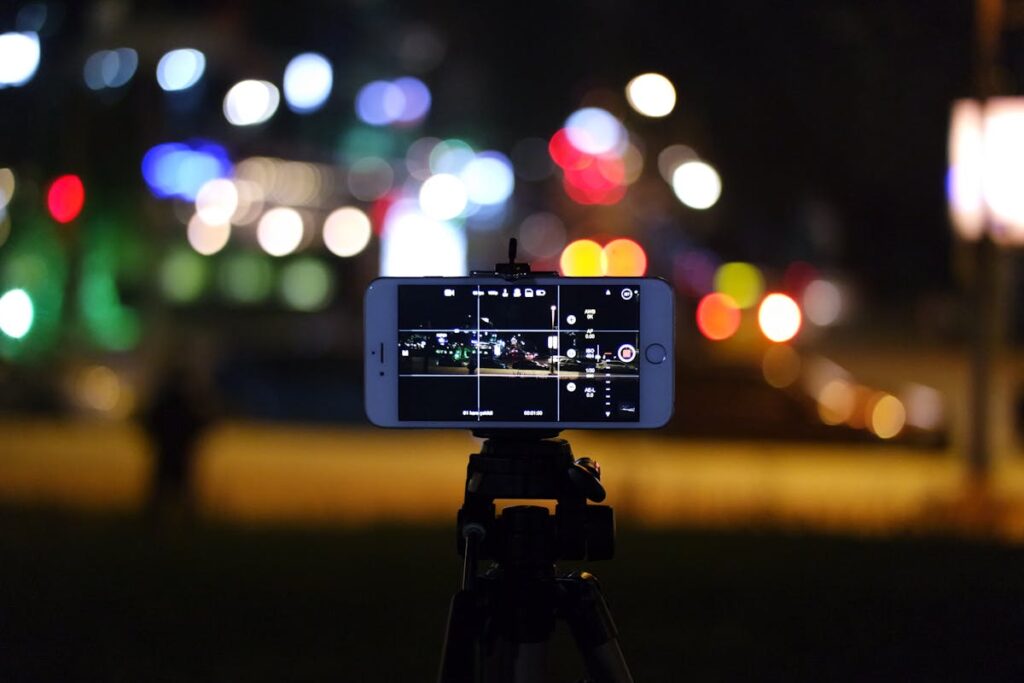Not long ago, professional photography was synonymous with bulky DSLRs, a collection of lenses, and complex gear setups. But in recent years, something remarkable has happened: the rise of mobile photography. Smartphones now come equipped with powerful cameras, intelligent software, and features that were once exclusive to high-end cameras. From social media influencers to professional content creators, more people are turning to their phones as their primary tool for capturing the world around them.
But how do smartphones really stack up against traditional DSLRs? Can they truly compete in quality, versatility, and creative control—or are they simply convenient alternatives for everyday users? This article dives into the mobile photography revolution and explores where both tools shine and where they still fall short.
The Evolution of Smartphone Cameras
The earliest camera phones produced pixelated, low-quality images. But today’s smartphones, like the iPhone 15 Pro Max, Samsung Galaxy S24 Ultra, and Google Pixel 8 Pro, have turned into serious imaging machines.
- Multiple lenses (wide, ultra-wide, telephoto)
- Large sensors and low-light optimization
- AI-powered software for background blur, exposure balancing, and real-time HDR
- RAW shooting capabilities
- 4K (and even 8K) video recording
These advancements allow even novice users to take sharp, vibrant photos in a variety of lighting conditions. With real-time editing tools and filters built-in, smartphones have become compact creative studios that fit in your pocket.
DSLR Advantages: Precision, Power, and Creative Control
Despite the rise of smartphones, DSLRs (and mirrorless cameras) continue to be the gold standard for professional photography. Here’s why:
- Larger image sensors provide superior dynamic range and detail
- Interchangeable lenses allow for ultimate flexibility in framing, depth of field, and focal length
- Manual controls give photographers full authority over ISO, shutter speed, and aperture
- Better low-light performance and motion capture
- Durability and battery life for long shoots
For commercial photography, high-end prints, weddings, and demanding lighting conditions, DSLRs still reign supreme. They offer a level of control and output quality that mobile phones can’t fully replicate—at least not yet.
Where Smartphones Excel
While DSLRs are ideal for professionals, mobile phones have revolutionized the accessibility of photography. Here are a few areas where they shine:
- Portability: You’re more likely to capture spontaneous moments because your phone is always with you.
- Speed: Instant sharing on social media or cloud platforms.
- Software Magic: Built-in editing apps and AI enhancements make even casual shots look professional.
- Affordability: For those who aren’t ready to invest in a DSLR, smartphones are a budget-friendly way to get started.
These strengths have empowered a new generation of photographers and content creators who prefer the simplicity and immediacy of mobile devices.
Real-World Use: Choosing the Right Tool
Choosing between a smartphone and a DSLR comes down to what you’re shooting, where, and why. For example:
- Travel photography: A phone might be your best bet—lightweight and unobtrusive.
- Portrait sessions or weddings: DSLRs (or high-end mirrorless cameras) are better suited for delivering high-resolution, print-quality images.
- Event coverage: A blend of both tools can be powerful—DSLRs for the main shots, and smartphones for behind-the-scenes or candid content.
Professionals often use both simultaneously. Even event photographers offering a photo booth rental houston service may rely on mobile devices to preview images, share live galleries with guests, or control lighting setups remotely through apps. Mobile integration enhances both the creative and customer experience.
The Role of Software and AI
Software is where mobile photography is truly leading the charge. Features like computational photography, smart HDR, night mode, and AI scene detection enable phones to overcome many physical limitations.
Phones can merge multiple exposures, apply background blur using depth maps, and adjust lighting post-capture. While DSLRs require manual editing in software like Lightroom or Photoshop, smartphones automate much of this work.
As AI technology continues to improve, the gap between smartphone and DSLR performance may continue to shrink, especially for casual and mid-level creators.
The Hybrid Approach
More and more creatives are adopting a hybrid approach to photography—leveraging both phones and DSLRs depending on the needs of the shoot. A wedding photographer might use a DSLR for the ceremony but capture reception highlights or social media content with a phone.
This flexibility reflects a shift in mindset. The focus is no longer on the tool itself, but rather on the story being told, the experience created, and the end-use of the image—whether it’s a printed portrait or a TikTok video.
Conclusion
The rise of mobile photography hasn’t eliminated the need for DSLRs—it has simply expanded the possibilities for photographers at every level. Smartphones offer convenience, speed, and surprising quality, while DSLRs provide the control and precision professionals rely on. Whether you’re shooting for a personal project, managing an event, or enhancing your offerings with services like a photo booth rental, the best camera is the one that helps you achieve your creative vision. And in today’s world, that camera might just be in your pocket.






